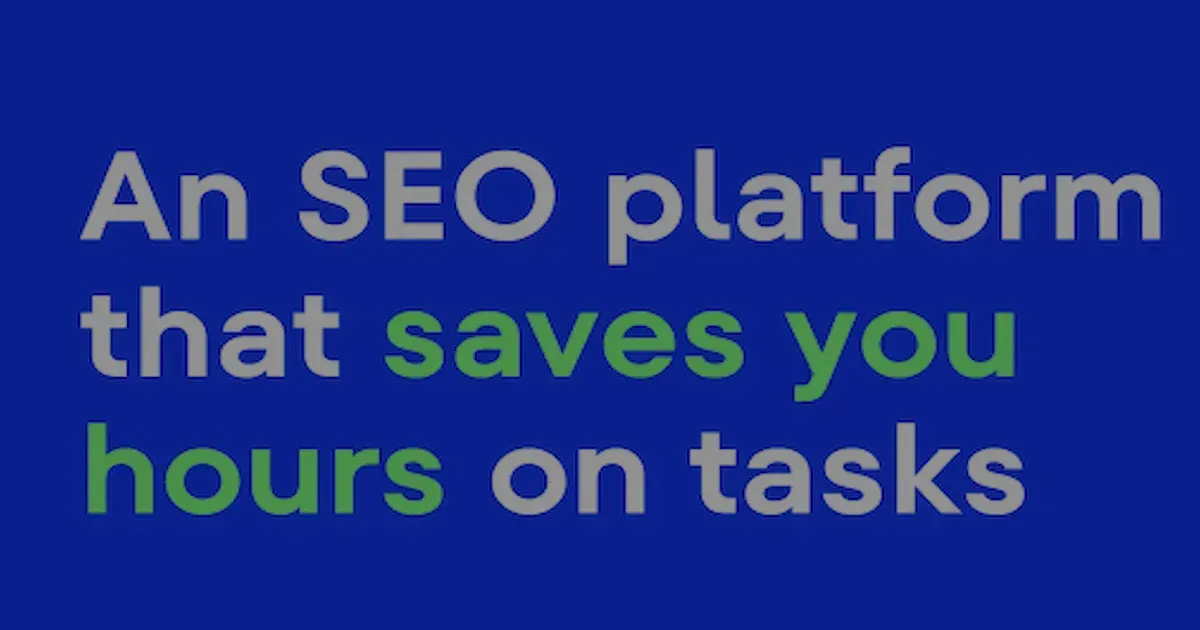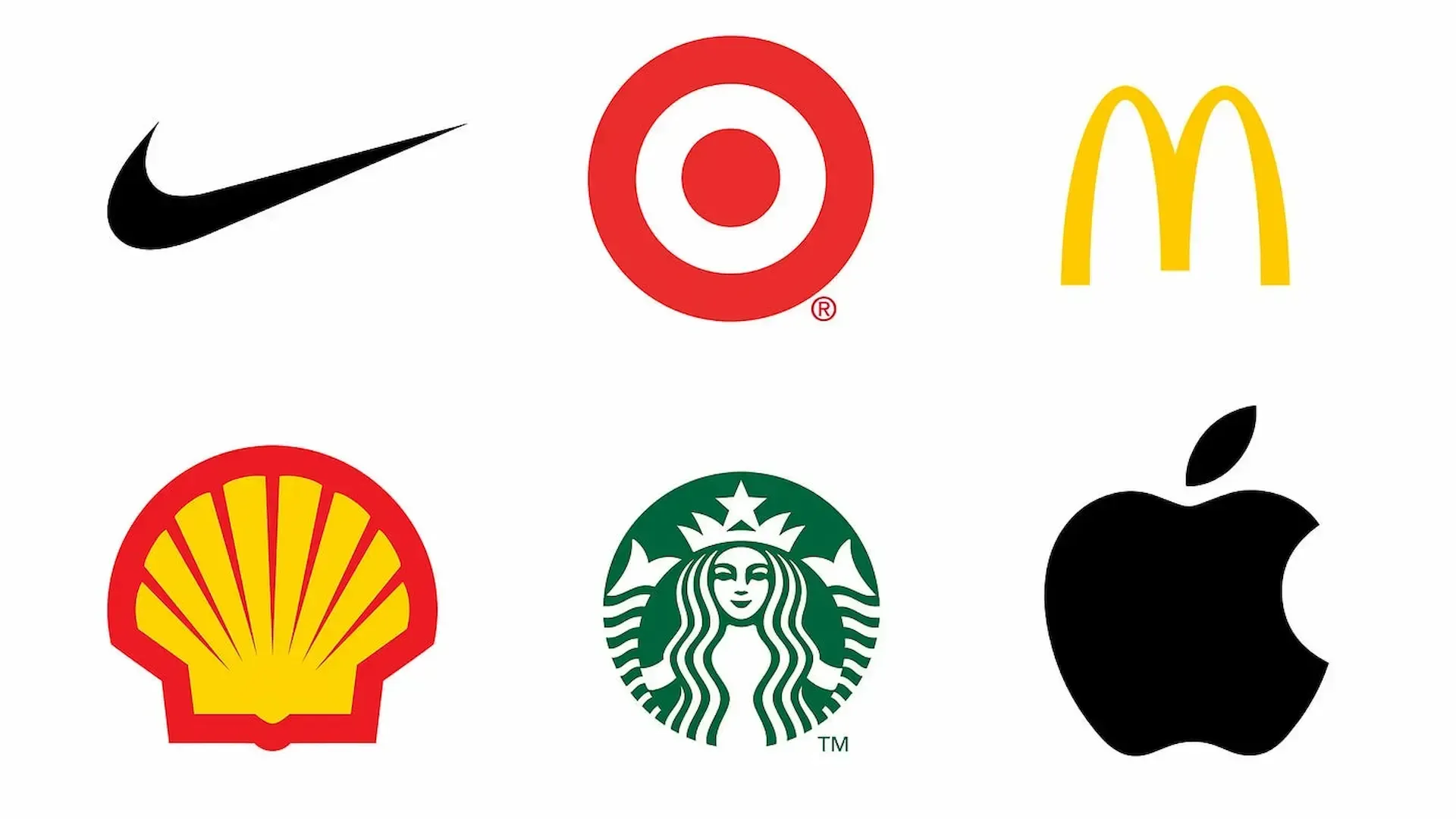Disclosure: This post may contain affiliate links. If you purchase using these links, we may earn a small commission at no additional cost to you. We only recommend tools we know and trust ourselves.
Is your website making a great first impression, or are visitors clicking away in frustration while they wait for it to load? In today's fast-paced digital world, website speed is crucial for user experience, SEO, and ultimately, your bottom line. As a small business owner, you might be juggling many tasks, but neglecting your website's loading time can cost you valuable customers and hurt your search engine rankings. This guide will walk you through exactly how to check page load time, understand the results, and take action to boost your website's performance.
Why Website Speed Matters for Your Small Business
Before we dive into the "how-to," let's quickly recap why page load time is so important:
- User Experience: Visitors expect websites to load quickly. Studies show that a significant percentage of users will abandon a site if it takes more than a few seconds to load. A slow website leads to frustration, a higher bounce rate (people leaving your site after viewing only one page), and a negative perception of your brand.
- Search Engine Optimization (SEO):
Google considers page speed as a ranking factor. Faster websites tend to rank higher in search results, meaning more organic traffic for your business. If your site is slow, you could be losing out to competitors with faster loading times.
- Conversion Rates:
Whether you're selling products online or generating leads, website speed directly impacts your conversion rates. A delay of even a single second can lead to a significant drop in conversions.
- Mobile Friendliness:
With more and more people browsing the internet on their mobile devices, having a fast-loading mobile site is essential. Google also prioritizes mobile-first indexing, making mobile speed even more critical for SEO.
Easy Ways to Check Your Website's Page Load Time
Fortunately, checking your website's speed is relatively straightforward. Here are some user-friendly tools you can use:
1. Google PageSpeed Insights
Google's own PageSpeed Insights is a fantastic free tool that analyzes the speed of your page on both desktop and mobile devices. It provides a score and offers specific recommendations on how to improve your site's performance.
- How to use it: Simply go to the PageSpeed Insights website, enter your website's URL, and click "Analyze."
- What to look for: Pay attention to the overall score (aim for 90-100 for good, 50-89 for needs improvement, and 0-49 for poor). Also, review the "Diagnostics" and "Best Practices" sections for actionable insights.
2. SE Ranking Website Speed Test
For a user-friendly analysis, the SE Ranking Website Speed Test is an excellent choice. This tool provides a clear total speed score. It's designed with small business owners in mind. Plus, it's directly integrated with a suite of other powerful SEO tools that can help you improve your overall website performance and search engine rankings.
- How to use it: Simply visit the
SE Ranking Website Speed Test, enter your website's URL, and click "Analyze."
- Key benefits:
- Clear Speed Score: Understand your site's speed at a glance.
- Integration with SEO Tools:
Seamlessly connect with other tools to boost your overall online presence.
- Focus on User-Friendliness:
Designed for small business owners, not just tech experts.
3. How to Check Page Loading Time in Chrome Developer Tools
If you're a Chrome user, you have a built-in tool right in your browser to check page load time. This is a quick and convenient way to get a snapshot of your website's performance.
- How to use it:
1. Open your website in Chrome.
2. Right-click anywhere on the page and select "Inspect".
3. Navigate to the "Network" tab.
4. Reload the page (Ctrl + R or Cmd + R).
5. At the bottom of the "Network" tab, you'll see a summary of the page load time, the number of requests, and the total size of the resources.
- What to look for: The "Load" time indicates the total time it took to load the page. You can also see how long individual resources took to load, helping you identify problematic elements like large images or scripts.
4. How to Check Page Load Time in Other Browsers
Most other modern browsers like Firefox, Safari, and Edge also have similar developer tools with a "Network" tab where you can analyze page load time. The process is generally very similar to Chrome.
Understanding the Results: What's a Good Page Load Time?
While there's no magic number, aiming for a load time of under 3 seconds is generally considered good. Ideally, you want your core content to load even faster than that. Here's a general guideline:
- 0-3 seconds:
Excellent
- 4-6 seconds:
Average - needs improvement
- 7+ seconds:
Poor - significantly impacting user experience and SEO
Remember that these are just general guidelines. The "ideal" load time can also depend on the complexity of your website.
Key Factors That Affect Page Load Time
Several factors can contribute to a slow website. Understanding these can help you target your optimization efforts effectively:
- Hosting:
Shared hosting can sometimes lead to slower load times, especially if your website shares resources with many other sites.
- Large Images and Videos:
Unoptimized images and videos are often the biggest culprits behind slow loading times. Compressing images and using appropriate video formats can make a huge difference.
- Excessive Plugins:
While plugins can add functionality to your website, too many can slow it down. Deactivate and remove any plugins you're not actively using.
- Code Issues: Unminified CSS and JavaScript files, as well as inefficient code, can increase page load time.
- Caching:
Enabling browser caching allows visitors' browsers to store static files, so they don't have to download them every time they visit your site.
- Content Delivery Network (CDN):
A CDN distributes your website's files across multiple servers around the world, ensuring that visitors get the content from a server that's geographically closer to them.
Taking Action: How to Improve Your Website's Speed
Now that you know how to check your page load time and understand the factors that affect it, here are some actionable steps you can take to improve your website's performance
- Optimize Images:
Compress images without sacrificing too much quality. Use tools like
Squoosh. Ensure you're using the ideal image format.
- Enable Browser Caching:
Configure your server to leverage browser caching.
- Minify CSS and JavaScript:
Remove unnecessary characters (like whitespace and comments) from your CSS and JavaScript files to reduce their size.
- Choose a Fast Hosting Provider:
Invest in reliable hosting that can handle your website's traffic.
- Use a Content Delivery Network (CDN):
Especially if you have a global audience, a CDN can significantly improve load times.
- Limit Plugins:
Regularly review your plugins and remove any that are unnecessary or slowing down your site. Consider alternatives that are more lightweight.
- Lazy Load Images and Videos:
Lazy loading means that images and videos are only loaded when they are visible in the user's viewport. This can significantly improve initial load time.
- Optimize Your Database:
If you're using a CMS like WordPress, regularly optimize your database to remove unnecessary data.
- Consider Using a Lightweight Theme:
Some website themes are more resource-intensive than others. Opt for a lightweight and well-coded theme.
- Leverage Website Speed Test Tools:
Use tools like SE Ranking's Website Speed Test to quickly analyze your page speed and get insights into areas for improvement. This tool provides a quick and easy way to assess your site's performance.
Final Thoughts
Checking your website's page load time is not a one-time task; it's an ongoing process. Regularly monitoring your site's speed and making necessary optimizations is crucial for providing a positive user experience, improving your SEO, and ultimately achieving your business goals. By implementing the tips and using the tools mentioned in this guide, you can ensure your website is a speed demon, not a sloth, and keep your visitors engaged and coming back for more.
Start your
free trial with SE Ranking
today (No credit card required) and take control of your website's ranking!













